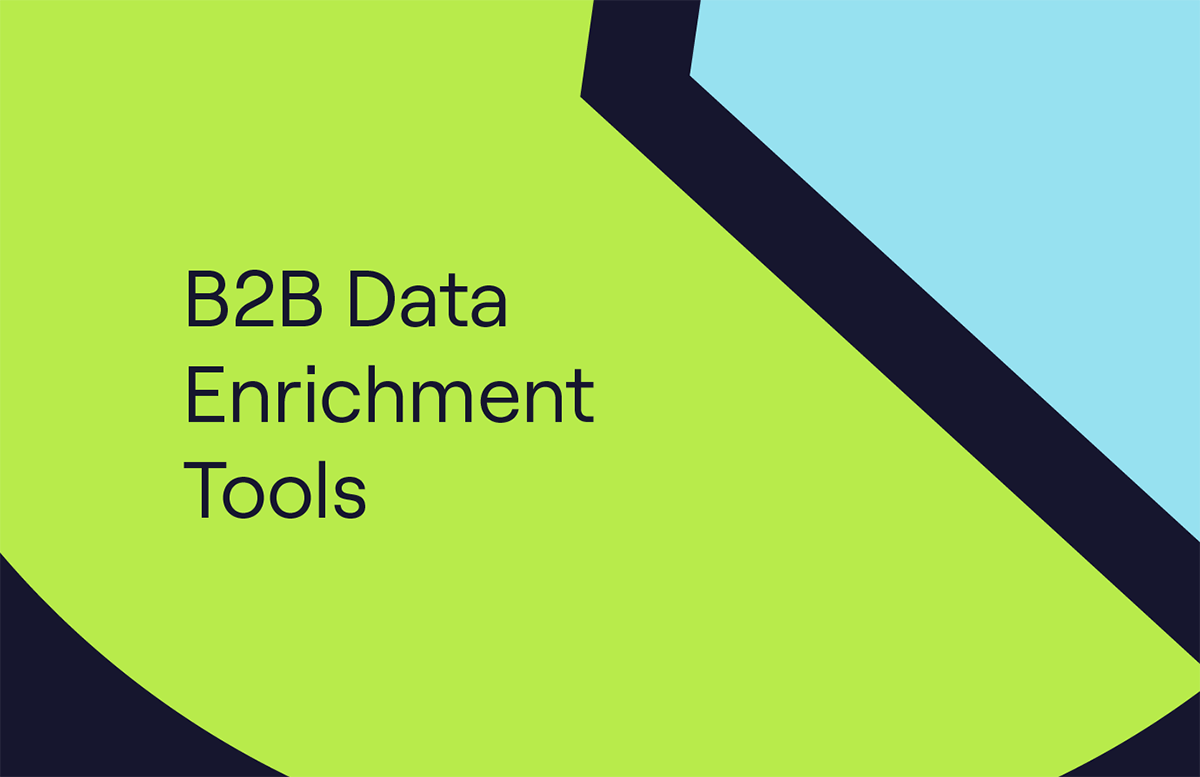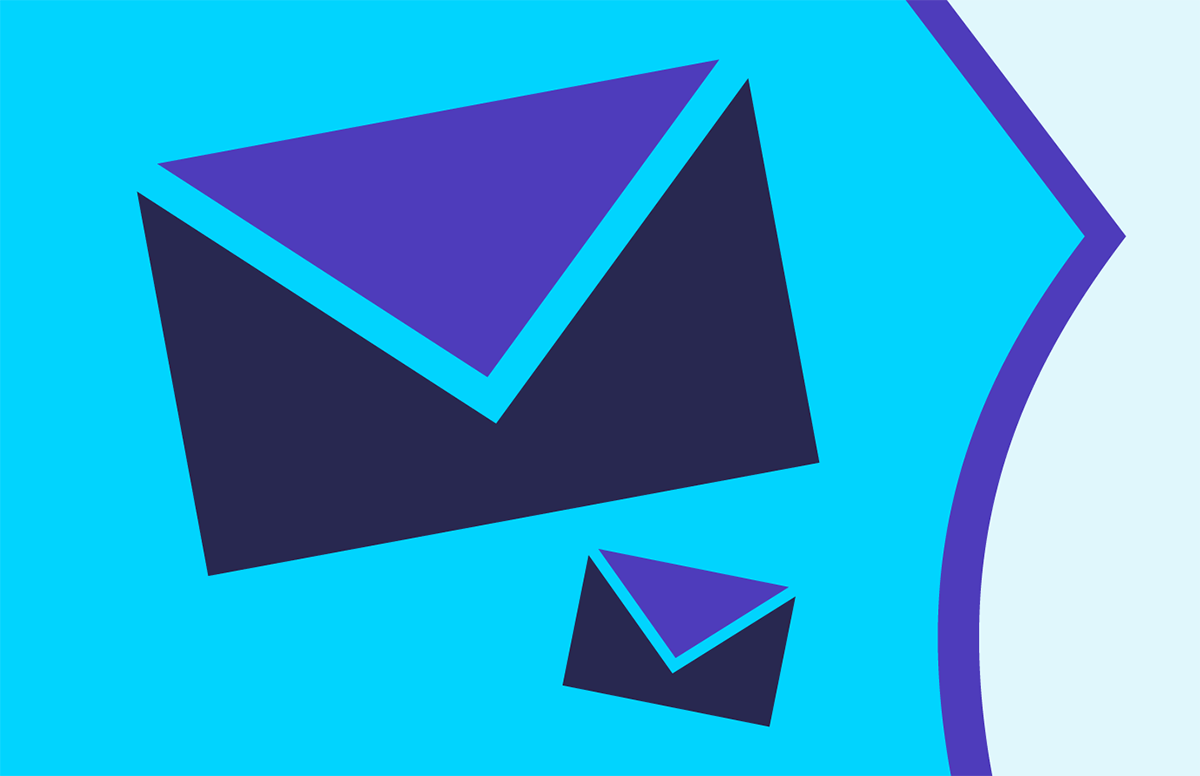Data Orchestration: Why It Matters For Revenue Teams
Your CRM is only as good as the data inside it. Everything slows down if cluttered with outdated, incomplete, or non-compliant records— lead routing, pipeline forecasting, you name it.
That’s where data orchestration comes in.
In this guide, you’ll learn what data orchestration is, how it differs from ETL (Extract, Transform, Load) and data integration, and why it matters for sales, marketing, and RevOps teams looking to act on clean, compliant, real-time data.
What is data orchestration?
Data orchestration automates, cleans, transforms, and syncs data across tools in real-time. This means your teams can trust the information they work with.
Unlike manual data management or static imports, orchestration builds automated workflows that connect, enrich, and route data where you need it, whether that’s your CRM, MAP, or cloud warehouse.
An example of data orchestration in action
Let’s dive into an everyday example:
- A prospect downloads your eBook: They fill out a form, and their details get added to your CRM.
- Once their details are in your CRM, your DaaS solution enriches the contact on demand, weekly, monthly, or quarterly, with fresh and accurate contact data, firmographics, technographics, and sales signals.
- The enriched record is routed to the right SDR, with territory and ICP checks handled automatically, plus the fresh data the SDR needs to reach out.
That’s data orchestration in action. Here’s what Cognism’s data pipeline orchestration looks like:

A typical data orchestration workflow by Cognism includes:
- Data ingestion: Collect data from website forms, intent signals, providers like Cognism, and offline sources.
- Data cleansing and validation: Remove duplicates, standardise fields, and refresh outdated details.
- Enrichment: Add context such as technographics and firmographics, and perform compliance checks.
- Transformation: Reshape data to match your schema while applying business logic for routing or scoring.
- Delivery: Push enriched, clean data into CRMs, MAPs, analytics tools, or warehouses for immediate activation.
Data orchestration vs data integration vs ETL
|
Feature |
Data orchestration |
Data integration |
ETL |
|
Speed |
Real-time |
Batch or near real-time |
Batch |
|
Control |
High |
Medium |
Medium |
|
Complexity |
Flexible, automated workflows |
Connects systems, limited logic |
Extracts, transforms, loads |
|
Best for |
CRM enrichment, lead routing, pipeline operations |
Connecting SaaS tools |
Data warehousing |
Think of orchestration as intelligent, automated control over your data workflows, not just moving data from A to B.
Why data orchestration matters for revenue teams
The future of go-to-market is automation and AI. But to unlock AI’s true value, you need clean, accurate and composable data at scale.
Wait, what’s composable data?
Composable data is the shift from monolithic data (deployed as a standalone) to a flexible, modular and interconnected system. The result is a single source of truth for data-driven decisions and less reliance on IT and technical teams for users within an organisation to build their business intelligence.
Without orchestrated data, your sales and marketing teams face:
- Slow lead response times.
- Inaccurate ICP targeting.
- Messy and decaying CRM data.
- Missed opportunities due to data silos.
With data orchestration, teams get:
- Cleaner, faster data for real-time decisions.
- Automated lead routing and enrichment.
- Improved targeting and personalisation.
- Alignment across marketing, sales, and RevOps on a single trusted source.
Benefits for sales and marketing teams
We’ve touched on some of the benefits already, but now let’s go through them in more detail 👇
Faster lead response with automated enrichment and routing
With better data quality and pipelines, your sales and marketing teams will have what they need to prioritise the right accounts at their fingertips.
Lead routing will also be optimised due to inbound target accounts being enriched with additional data.
Cleaner CRM data with less manual cleanup
Forget spreadsheet exports and mass uploads. Your new data architecture will result in a cleaner CRM with automated bulk data updates.
The knock-on effects of this will be huge, leaving sellers to spend more time on selling rather than CRM admin.
Better forecasting with consistently updated data
Your predictive modelling for activities such as churn prediction will become easier and much better.
You’ll be able to tap into intent signals that show a customer is considering other solutions, enabling revenue teams to get ahead early and stop them from churning.
Compliance with GDPR, CCPA, and other regulations
Data governance will be easier to scale across multiple systems with enforced consistency. In addition, your data lineage will be easier to track with audit trails of which data moved where and when.
Tools and DaaS solutions like Cognism have built-in and automated compliance, meaning your databases and systems will always have the freshest and most compliant data.
Data tools to consider
So, you’ve thought about data transformation for a while now, and you’re ready to take the plunge.
Which tools and solutions are worth considering? Let’s have a look.
1. Cognism
Cognism is a sales intelligence platform with a DaaS offering. It enables real-time and batch data delivery through APIs, enterprise-ready compliance and custom data transformation and onboarding support.
The Cognism DaaS solution powers your GTM organisation with clean, accurate and trusted data.
.webp?width=600&height=339&name=Data-as-a-service%20imagery-01%20(2).webp)
Main features:
- Predictive modelling: Train AI to build smarter targeting and better churn prevention.
- CRM and CDP enrichment: Optimise lead routing and equip sellers with accurate data to grow pipeline.
- Data warehouse ingestion: Build a unified GTM data layer to standardise access across all teams.
- ICP and TAM profiling: Identify and grow your universe of best-fit accounts.
- Data governance and standardisation: Build system-wide alignment and your compliance audit trail using Cognism metadata.
- Flexible delivery to Snowflake, Databricks, S3, and orchestration tools of your choice.
2. Census
Census is an ETL DaaS solution that helps you to unify, enhance and activate your data.
Its flow uses waterfall enrichment and AI columns to pull data from multiple suppliers, directly into your warehouse.
/Competitors%20and%20other%20tools/Still%20to%20approve/Census/Census-product-SQL-architecture.webp?width=500&height=529&name=Census-product-SQL-architecture.webp)
Main features:
- Access, clean and manage all your data with their ETL from over 30 sources - including CRMs, warehouses, data providers and more.
- Use data enrichment through AI columns to enable audience segmentation, intent scoring, data enrichment and churn prevention.
- Turn your data into actions, to write back everything into one single source of truth.
3. Hightouch
Hightouch is a data and AI SaaS platform for marketing and personalisation.
It enables workflow automation, real-time personalisation and experimentation.
/Competitors%20and%20other%20tools/Still%20to%20approve/Hightouch/hightouch-composable-cpc.webp?width=700&height=309&name=hightouch-composable-cpc.webp)
Main features:
- Connect to data lakes or warehouses. Define the records to sync by selecting a table or writing SQL.
- Map fields between your source and destination. Configure syncs in the app or take control via API.
- Sync to 250+ destinations in real-time or on a recurring schedule. Spin up new data pipelines in minutes.
Real-world example: Cognism-powered enrichment pipeline
Here’s what a Cognism-enabled orchestration workflow can look like:
- An inbound lead submits a form on your website.
- Cognism enriches the lead instantly with company size, industry, tech stack, and verified contact info.
- The orchestrator checks ICP fit and routes the lead to the right SDR in HubSpot.
- Enrichment data updates Salesforce while triggering a Slack notification for the rep.
The result is faster lead response, higher conversions, and cleaner CRM records.
Common challenges and how to solve them
There are some common challenges when rolling out data orchestration within your business.
They are:
- Dirty or incomplete data: Use verified, compliant data sources like Cognism to ensure clean data enters your pipeline.
- Complex mapping: Pilot workflows with your data team before expanding.
- Compliance risks: Work with providers and workflows aligned with GDPR, CCPA, and maintain audit trails.
- Limited resources: Use low-code tools to empower RevOps without heavy engineering support.
- Data silos: Align your CRM, MAP, and warehouse using orchestration to break down silos.
FAQs about data orchestration
What’s an example of data orchestration?
An example of data orchestration would be enriching inbound leads with firmographics and contact verification, then routing them to the right rep while updating CRM and marketing platforms.
Is data orchestration the same as ETL?
No. ETL extracts, transforms, and loads data in batches.
Data orchestration automates, enriches, and routes data in real-time (or weekly, monthly or quarterly) across your operational tools.
How does it help sales teams?
It provides reps with enriched, accurate, compliant data for faster outreach and cleaner pipeline management.
What tools do I need?
A DaaS solution such as Cognism, Census, Hightouch, CRM, MAP, and cloud destinations with clear workflows and governance.
Is it only for technical teams?
No. While RevOps and DataOps manage orchestration, sales and marketing teams benefit directly through faster routing and enriched data.
Final thoughts
Data orchestration is a wise investment to eliminate bad data, speed up lead response, and align your revenue teams on one clean, compliant source of truth.
When powered by Cognism’s verified data and DaaS solution, orchestration transforms fragmented data into enriched insights your teams can act on immediately.
Ready to power your pipelines with clean, compliant data? Learn more about Cognism’s DaaS solution today.


/csv%20enrichment/csv-enrichment-card.webp)
